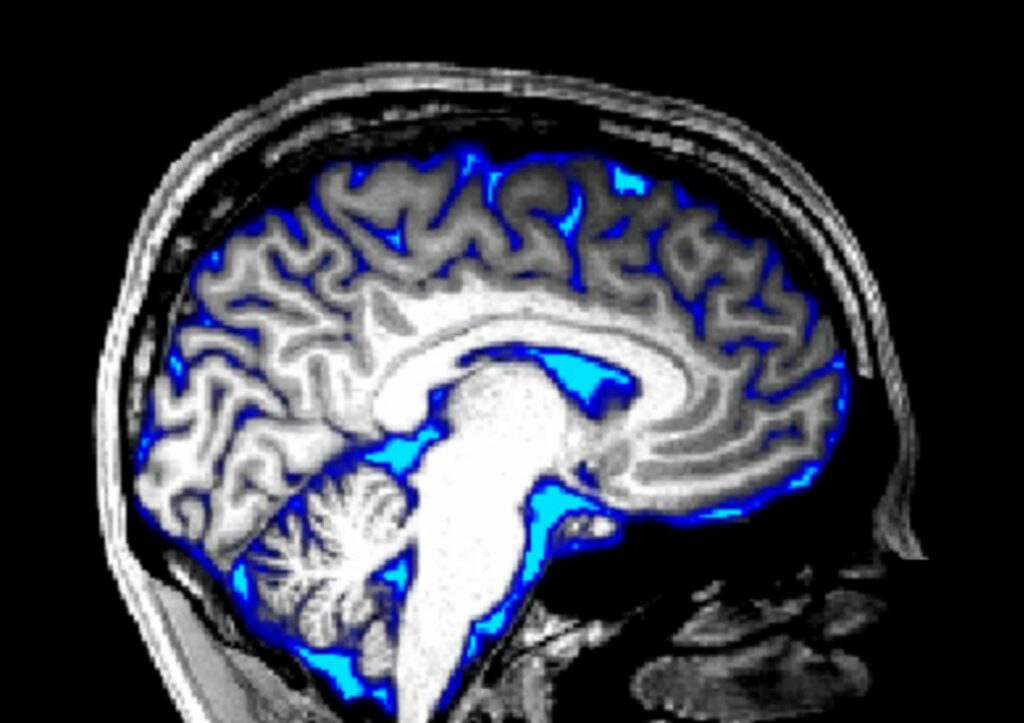New Study Shows a Noninvasive Way to Modulate Fluid Flow in the Brain
According to a new report by researchers at Boston University, sensory stimulation can have an impact on the flow of cerebrospinal fluid in the brain.
Published in the open-access journal PLOS Biology today and led by Stephanie Williams, the study reveals that inducing blood flow in the brain through visual stimulation results in a corresponding increase in fluid flow.
These findings have significant implications for conditions such as Alzheimer’s disease, which are linked to reduced cerebrospinal fluid flow.
Similar to how our kidneys eliminate harmful waste from our body, cerebrospinal fluid plays a critical role in removing toxins from the brain, particularly during sleep. When cerebrospinal fluid flow is reduced, it can lead to a decline in brain health, as seen in conditions like Alzheimer’s disease.
Drawing on evidence from sleep studies, researchers hypothesized that brain activity while awake could also affect cerebrospinal fluid flow. To test this hypothesis, they used fMRI to simultaneously record human brain activity and the speed of cerebrospinal fluid flow while participants viewed a flickering checkered pattern.

The researchers initially established that the flickering checkered pattern caused brain activity, with fMRI readings indicating a rise in blood oxygenation when the pattern was visible and a drop when it was not.
They further observed that the flow of cerebrospinal fluid responded in the opposite direction to the blood signal, increasing when the checkered pattern was not visible.
Additional tests showed that altering the duration of the pattern’s visibility had a consistent impact on blood and fluid flow. Moreover, the link between blood and cerebrospinal fluid could not be explained solely by breathing or heart rate rhythms.
While the study did not assess waste clearance from the brain, it does provide evidence that exposure to a flashing pattern can enhance the flow of cerebrospinal fluid.
This could potentially serve as a means of counteracting the age-related or disease-related decline in fluid flow.
This study showed that “we can induce large changes in cerebrospinal fluid flow in the awake human brain, by showing images with specific patterns,” says senior author Laura Lewis.
The results show “a noninvasive way to modulate fluid flow in humans.”
Source: 10.1371/journal.pbio.3002035
Image Credit: Getty
